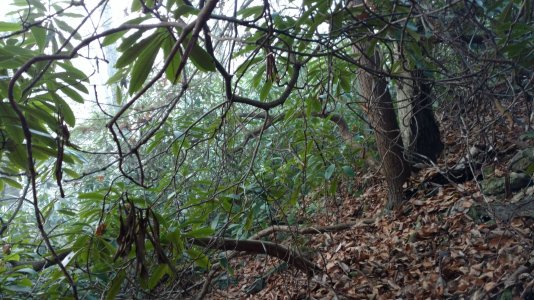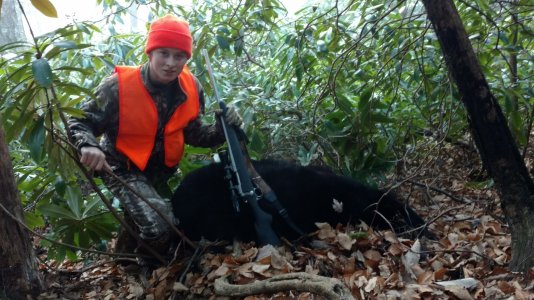In post #21, BenAllgood mentioned laurel thickets in N.Y. I know mountain laurel doesn't grow everywhere, but in parts of Pa. - it's the main cover for deer, bears, and grouse. For those who haven't seen it, it's gnarly, twisted, woody crap that can grow to over 12 feet tall. Laurel that tall can have WOODY bases as thick as 3" to 4" diameter. Typical height is about 4' to 6' and VERY THICK. Where branches touch the ground, it roots and grows more laurel. It seems to become an interconnected mat of tripping hazard. Walking in it - you get your boots hooked and trip every couple steps you take. In areas where it's thick, you won't even see deer if you aren't up in a tree stand. On the ground - you can't see past the end of your gun barrel. Not joking. You may not even be able to get your gun UP to try a shot!!
I don't know how far mountain laurel ranges state-to-state / north or south. It's a challenge to hunt in, though.
The only thing I can conceive of being worse to navigate is briars.




